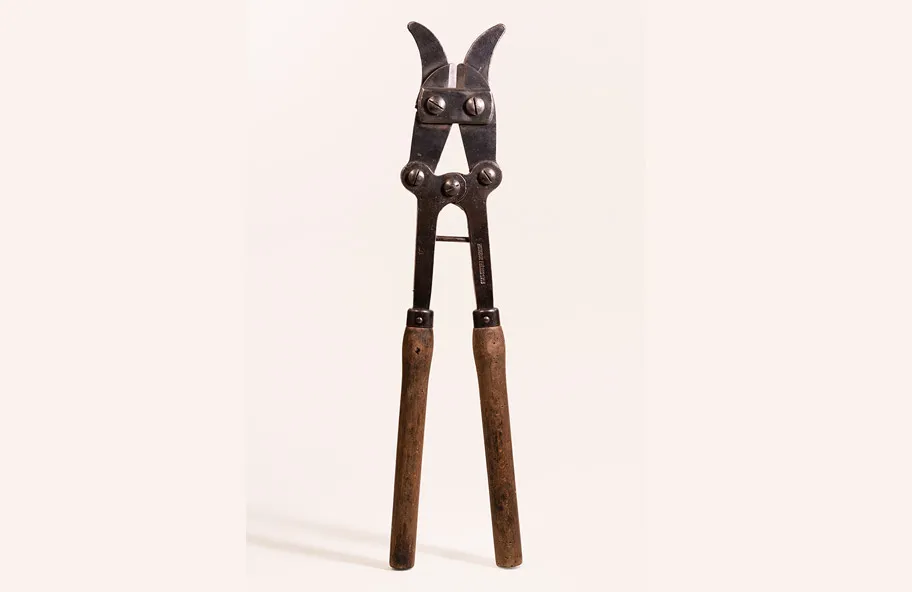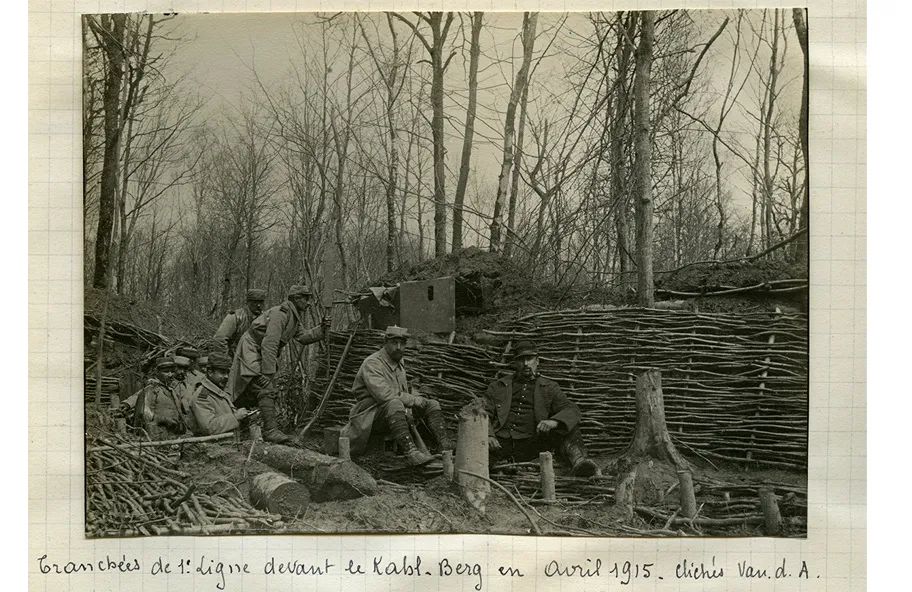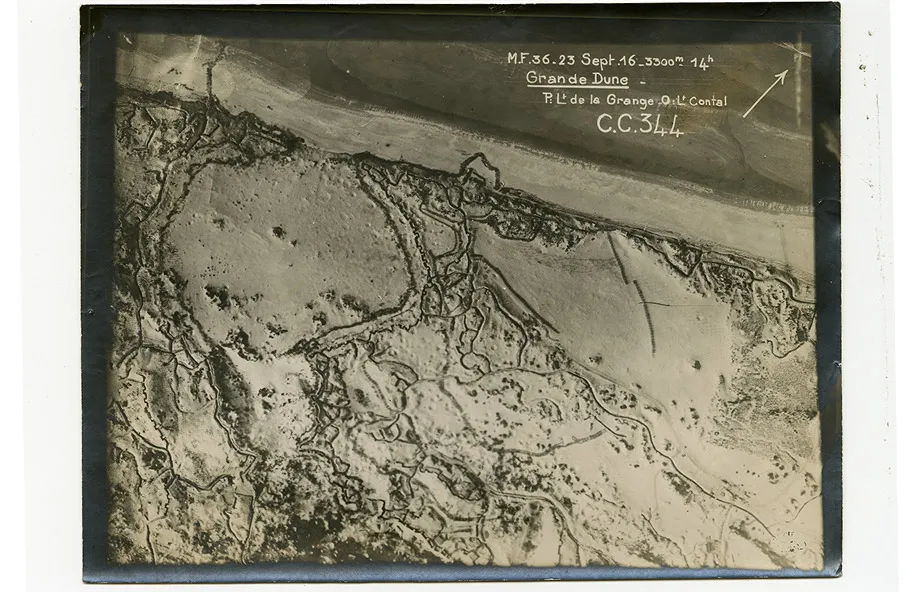26 March 2022 > 02 January 2023
Included in the entrance ticket
Buy your ticketTrenches
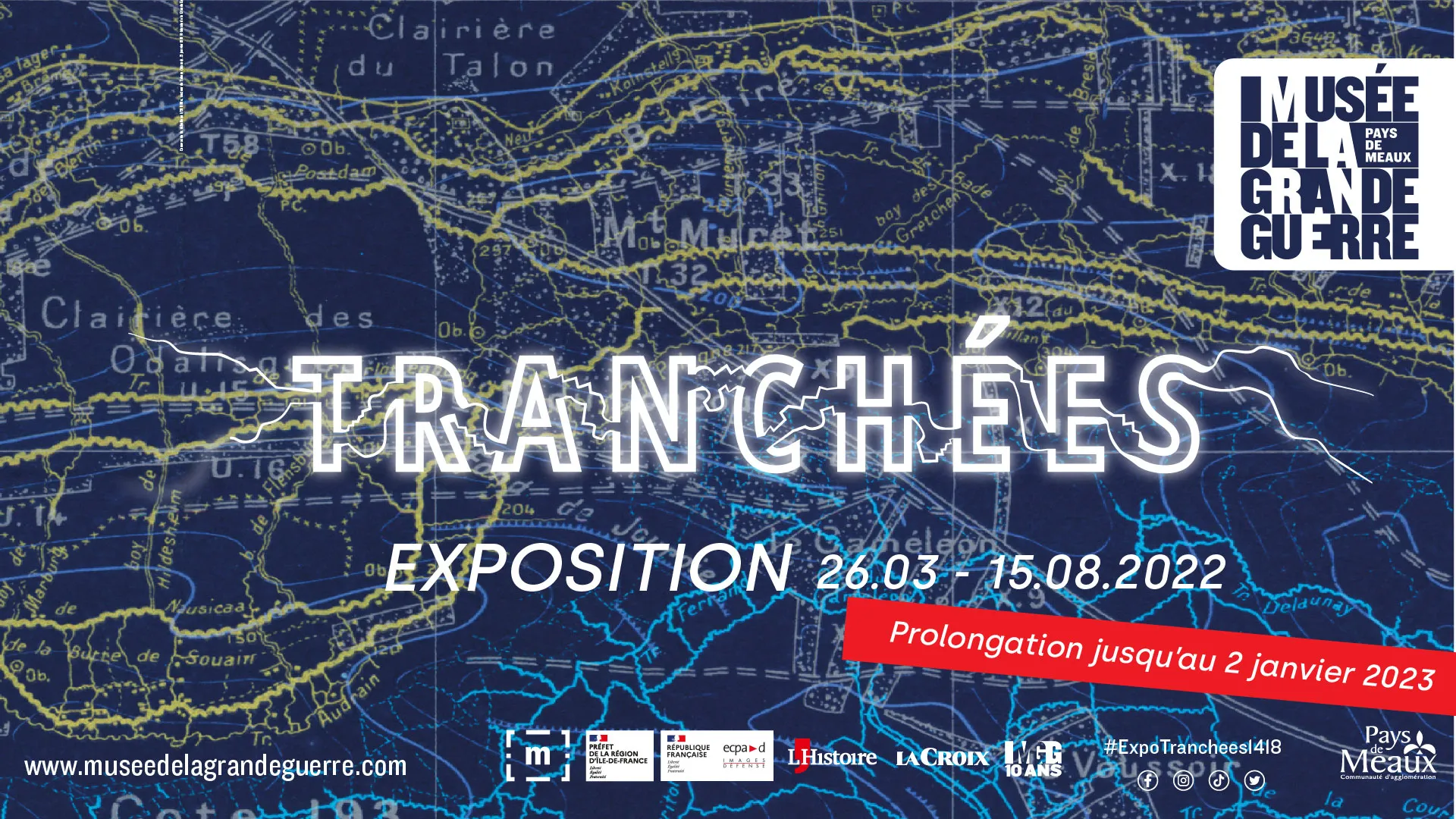
Discover an exhibition on World War I’s trenches.
Through more than 300 objects and works, archives and videos, visitors can get a real sense of this defensive structure. As the conflict wore on and the armies became bogged down in tactical and strategic deadlock, the trenches were organized into a genuine system, now the tragic symbol of the Great War.
Cette exposition “tranchées” est reconnue d’intérêt national et avec le soutien de la Direction régionale des affaires culturelles d’Ile-de-France – Ministère de la culture
The history of the trenches
For many, the Great War is the war of the trenches, as if that word alone summed up the entire First World War. In the autumn of 1914, when the soldiers were stuck opposite each other, exhausted, and began digging individual “foxholes” to protect themselves from the enemy, nobody could have imagined trench warfare lasting for so long. For four years, what had been a simple method of protection shaped the entire war, to a scale never before seen in history.
The “Trenches” exhibition strives to show the reality and the complexity of the “trench system”, the name given by the the curator, historian François Cochet, to the incredible tangle of trenches with ever-increasing numbers of specialized and interconnected branches. The exhibition also explains the consequences of this mode of organization in terms of strategic and tactical deadlock, combat methods and the terrible life it forced on the combatants.
A multidisciplinary approach through rich and varied collections illustrates this trench system :
- Weapons collections,
- Equipment used in the trenches (posts, armour plates, etc.),
- Ethnographic collections (everyday objects of soldiers’ lives, uniforms),
- Collections of graphic and fine artworks (paintings, drawings, prints and posters) and photographic and documentary collections (artillery maps, soldier’s diaries, photographic prints, etc.).
An exhibition to discover until January 2, 2023
Curation :
Curator : François Cochet, professor emeritus at the University of Lorraine
Co-curator: Johanne Berlemont, Head of the Conservation Department, Great War Museum
Scientific committee :
- Dimitri Chavaroche, Doctor of History
- Alain Devos, Professor of Geography at the University of Reims and member of the study group on geomaterials and natural and anthropogenic environments (GEGENAA)
- Michael Landolt, design engineer at the regional directorate of cultural affairs (DRAC) for the Grand-Est region, Major Aude Piernas, heritage curator and director of the Musée du Génie
- Christophe Pommier, assistant conservator of the artillery department of the Musée de l’Armée-Invalides
Three highlights of the visitor trail
From theory to stalemate :
After presenting earlier practices and uses of the trenches in medieval and modern times, the first part of the exhibition shows the concept behind trenches, officially called “field fortifications”, and their uses, described in the instruction manuals of the various armed forces on the eve of the war. Visitors then learn about entrenchment, driven by a natural survival instinct to dig a hole to protect oneself from enemy fire, which began in August 1914. These “foxholes”, which were gradually connected to each other by narrow passageways, quickly became trenches, miring the combatants in a complex, impregnable network along a continuous line for 700 kilometres connecting the North Sea to Switzerland.
The “trench system”
The purpose of this section is to help visitors understand the trench system: dense and complex defence networks, dug into the ground and made up notably of positions, lines and shelters.
The trenches varied depending on their location and on geographical and geological elements, and visitors learn how this system of complex interactions resulted in a new way of waging war and changed the lives of combatants.
Representations and realities of the trenches
After showing the realities and complexity of the trench system, this section highlights the various representations of the trenches in the press of the time and up until the modern day.
Museum collection and loans
The “Trenches” exhibition is mainly composed of items from the collections of the Great War Museum kept in storage. They have been studied, restored and digitized for the exhibition.
Other institutions and private collectors have contributed to the exhibition :
- The Musée de l’Armée-Invalides in Paris,
- The Musée du Génie in Angers,
- The Musée du Temps in Besançon,
- The Établissement de Communication et de Production Audiovisuelle de la Défense (ECPAD),
- The Musée des Beaux-Arts in Bordeaux,
- The Linge Memoria Museum,
- The Contemporaine,
- The Musée de la Mémoire in Belleau,
- The French National Natural History Museum.
Press contacts :
- Regional press: Audrey Chaix – audrey.chaix@meaux.fr – +33 (0)1 83 69 05 60 // +33 (0)6 17 13 44 99
- National and international press: Vanessa Ravenaux – Agence Observatoire – vanessa@observatoire.fr – +33 (0)1 43 54 87 71 // +33 (0)7 82 46 31 19
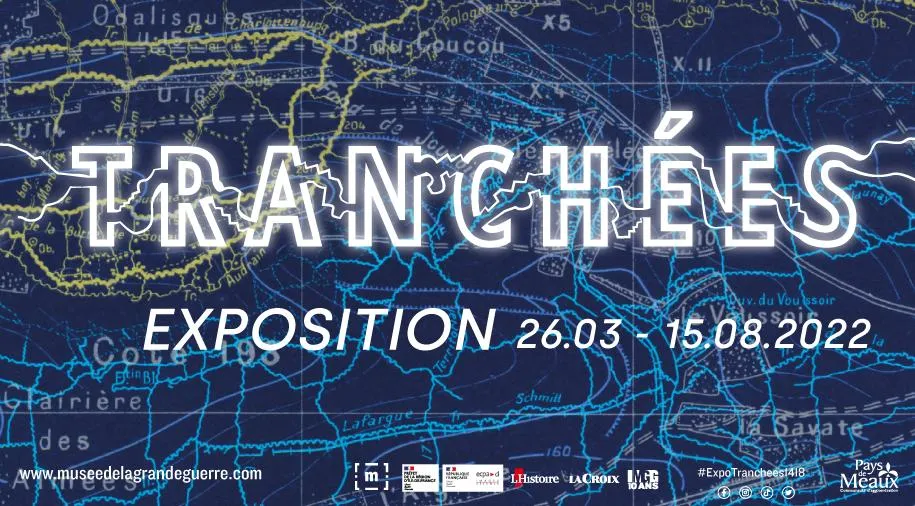
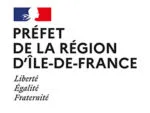



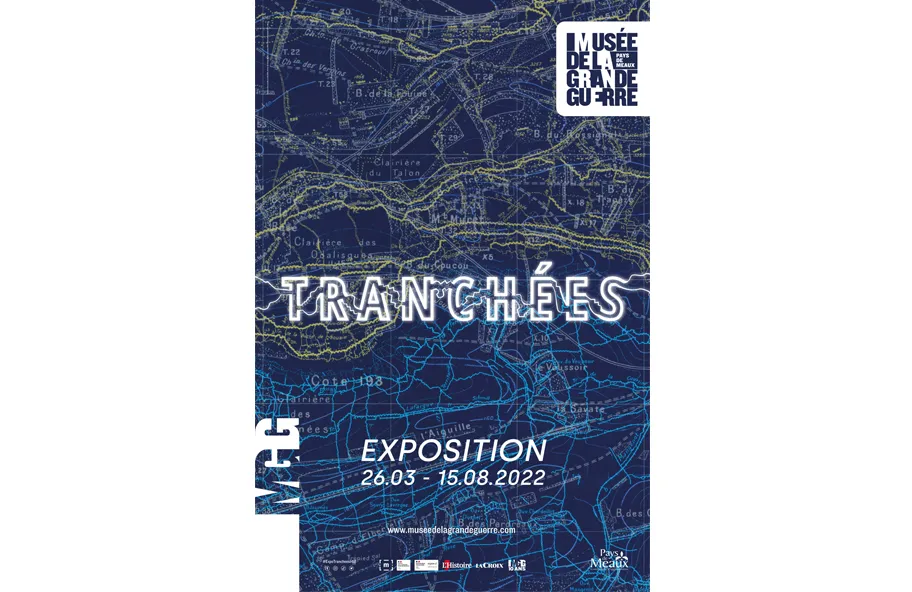
![Story plates illustrating a sortie in no man’s land, as French soldiers cut a line of barbed wire. 1914 war series, Faïencerie Ducros et Barbaza, [c. 1914-1918] Great War Museum - Meaux, 2010.44.1 / D. Pazery](https://www.museedelagrandeguerre.com/wp-content/uploads/2022/01/assiette.webp)
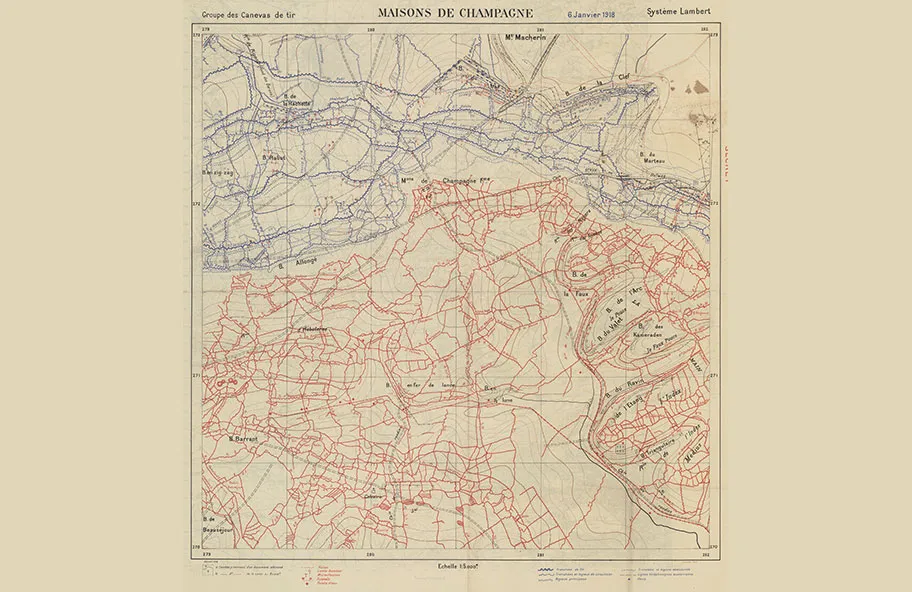
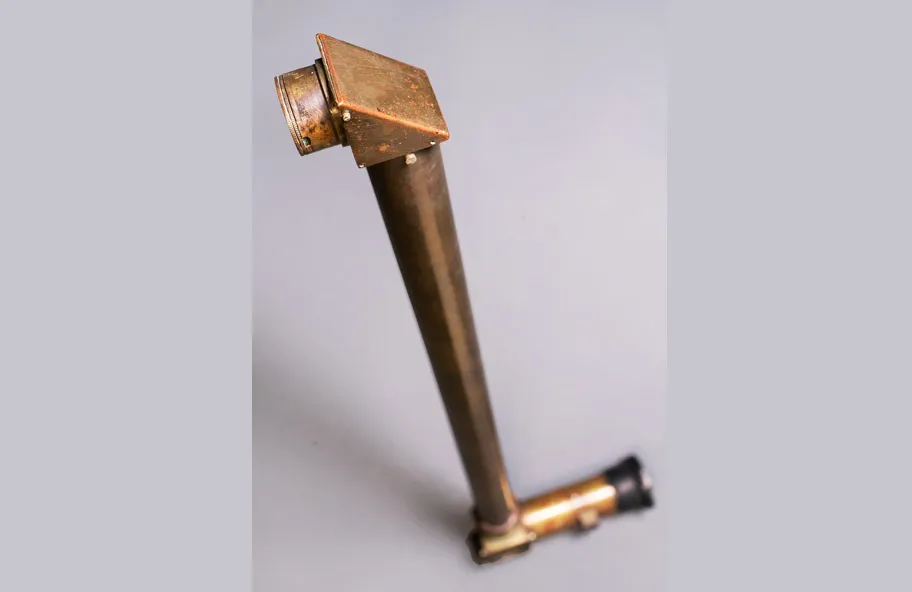
![“Grenadiers post, Artois”, Photograph on glass plate, [c. 1914-1918] Great War Museum - Meaux, donation: Radisson](https://www.museedelagrandeguerre.com/wp-content/uploads/2022/01/plaque.webp)
![The redoubt of Bois Brûlé (Hauts-de-Meuse). At dawn on 3 November 1914, Oil on canvas, Adrien Cathiard, [c. 1914-1918] Great War Museum - Meaux, donation: Trouilloud](https://www.museedelagrandeguerre.com/wp-content/uploads/2022/01/tableau.webp)
